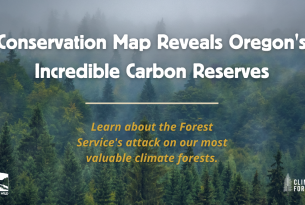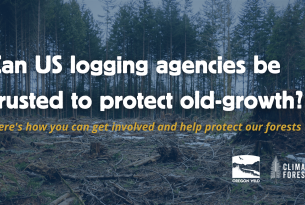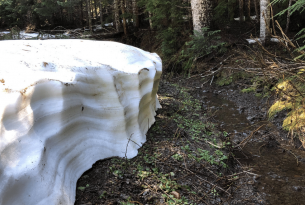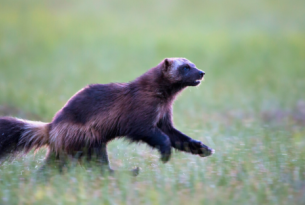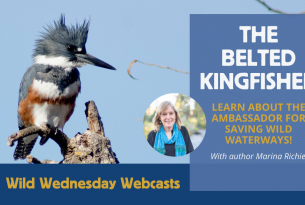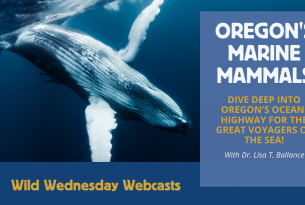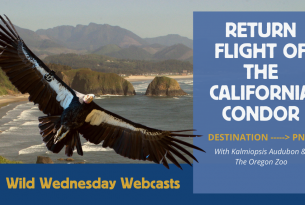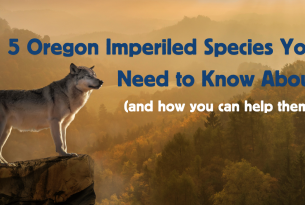Oregon Wildblog
Leave a legacy for Oregon's wildlife
In February, a federal district court ruled in favor of Oregon Wild and partners by striking down a 2020 Trump Administration decision that removed Endangered Species Act protections from gray wolves across much of the U.S.
As a result of our successful lawsuit, federal Endangered Species Act protections have been reinstated for wolves in Western Oregon and 43 other states!
Legal Wildlife Wins
Wildlife face many challenges, many of them due to the degradation, destruction, and development of their native habitats. One of the last-ditch ways to reverse the decline of native wildlife populations and combat the extinction crisis is going to court to protect those animals through the Endangered Species Act (ESA) and other bedrock environmental laws. Learn more about how wolverines, red tree voles and wolves have benefitted from the power of the law, and what this means in the fight for their protection.
In Search of the Belted Kingfisher
Whether hovering or diving from a branch, a belted kingfisher's headfirst plunge to snap fish near the surface is swift and precise. The jay-sized birds flourish across North America where water is clean, and in places with plentiful fish, perches, and coveted earthen nest banks. Oregon's many rivers, streams, lakes, ponds, wetlands, and coastal bays offer refuge for this dazzling bird.
Oregon’s Marine Mammals
Learn about our state's journeying marine mammals. From the biggest animals on Earth like the blue whale, which weighs as much as 33 elephants (~200 tons) and has a heart the size of a Volkswagen Beetle, to some of the smartest and most agile, like the bottlenose dolphin, Oregon's ocean has it all. We gave a warm whale-come to Dr. Ballance, the Director and Endowed Chair for the Marine Mammal Institute at Oregon State University. She discussed the cutting edge science surrounding marine mammals, threats, and what can be done to protect them.

